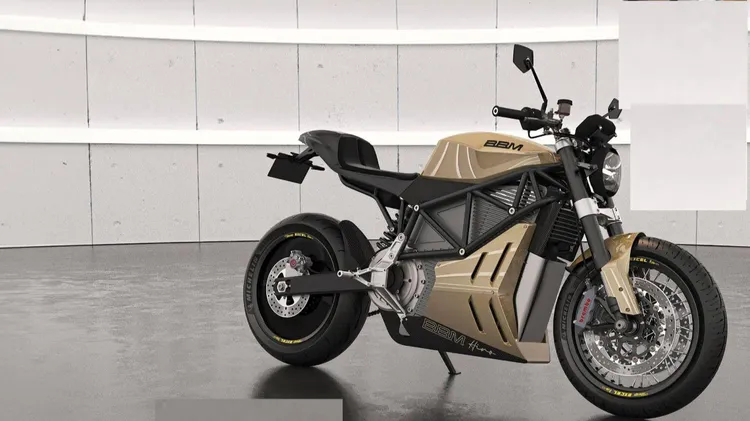With more powerful batteries, e
More powerful ebike batteries are no more likely to catch fire
3 min read
This article is from...
Read this article and 8000+ more magazines and newspapers on Readly






